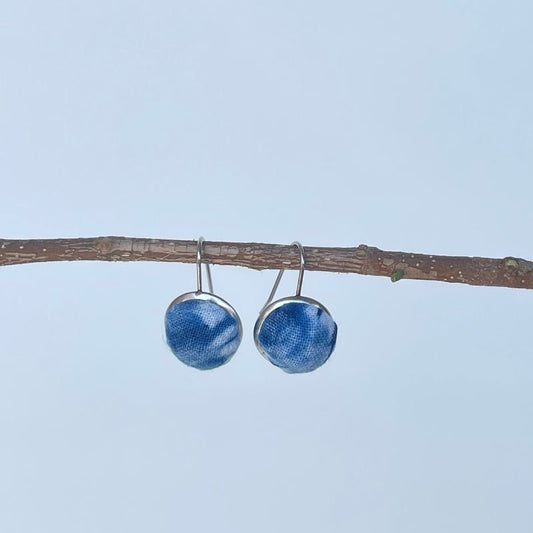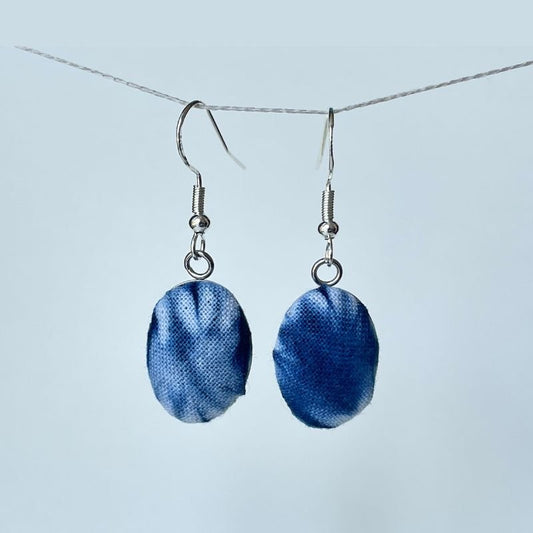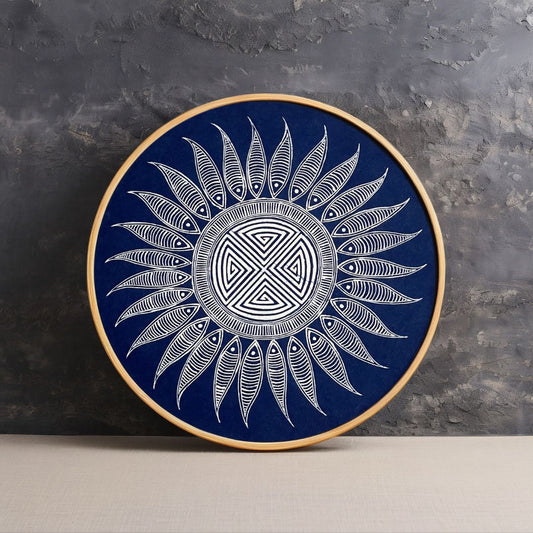Miao batik patterns are based on realism. The artistic language is simple, innocent, rough, and powerful, especially as its forms are not constrained by the details of natural images; bold changes and exaggerations are made. These changes and exaggerations stem from innocent imagination, containing infinite charm. The patterns are very rich, with geometric and natural images, generally derived from life or beautiful legendary stories, exuding rich ethnic colors.
Introduction to traditional Miao Batik Patterns:
Butterfly Pattern: Among the Miao people, butterflies are allegorical to the ancestors of the Miao people. From ancient times to the present, myths and ancient songs about the butterfly mother still circulate in Miao areas. This pattern expresses love and worship for nature and ancestors.

Bird Pattern: Birds are the most common subject in batik crafts, especially in regions like Rongjiang, Sandu, and Danzhai in southern Guizhou. Almost every batik ethnic craft cannot do without birds, with various shapes.

Fish Pattern: The Miao people believe that fish have many offspring and can regenerate after being cut, praying for blessings from ancestors for their descendants to be as prosperous as fish fry.

Bronze Drum Pattern: The bronze drum is a revered instrument for some ethnic minorities, used in ancient times for sacrifices, entertainment, and warfare. Respect for the bronze drum signifies reverence and worship for ancestors.

Sun Pattern: "Sun worship" appeared as early as primitive society. To this day, some ethnic minorities still believe that the sun is the source of all life. They view the sun as a symbol of vitality and health, believing that all things thrive when facing the sun.

Dragon Pattern: In the consciousness of the Miao people, the dragon has always been a mascot benefiting humanity. In addition to the primitive consciousness of dragon totem worship, the dragon pattern also symbolizes prayers for blessings, auspiciousness, disaster avoidance, and calamity prevention.

Phoenix pattern: In Miao culture, the phoenix symbolizes auspiciousness and peace. People believe that the phoenix can bring good fortune and happiness, and ward off misfortune and disaster.

Geometric Patterns: Generally, they are symmetrically arranged on all four sides or left and right, striving for overall unity. Patterns composed of dots, lines, and surfaces are well-coordinated, with clear hierarchy, density, rhythm, and a sense of melody.











